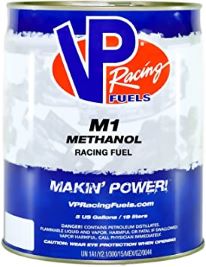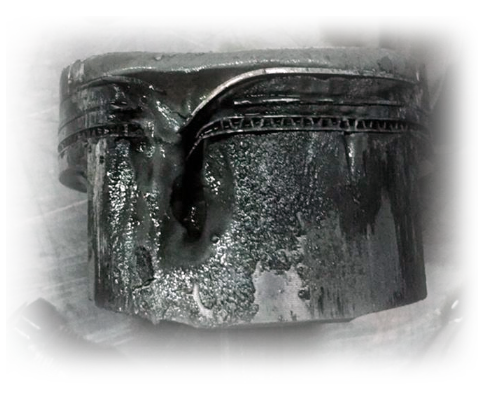
In this article we're going to discuss the advantages and disadvantages of using a Water Methanol Injection kit on your vehicle, as well as the different ways it can be used including the pro's and con's of each.

First lets talk about what Water Methanol Injection is used for and why it works, and note that this is somewhat of a loaded question with a couple answers so for the sake of being thorough we're going to address both. 
The typical scenario when using a Water Methanol Injection (WMI) Kit is for temperature control, when using WMI for the purpose of keeping Inlet Air Temperatures (IAT) down you can actually use straight water and no methanol at all if cooling is your ONLY focus.
Water absorbs almost twice as much heat as methanol in the intake and inside the combustion chamber. also water cannot ignited so there is absolutely no risk for fire. But why not just use pure water?


Now we need to look at why we use a 50/50 solution. In the government studies for WWII piston-powered aircraft, 50/50 water-methanol was found to be the best fluid to use for auxiliary fluid injection. There is also very little benefit to using a higher ratio of methanol if cooling is what you're goal is. But more on this later.

Methanol is a very high octane alcohol based fuel that is extremely resistant to detonation, methanol also has a very low stoichiometric ratio compared to gasoline or even ethanol. Methanol also has a tendency to absorb heat, this property is know as "latent heat of vaporization" which is part of why methanol can actually freeze components. (Often seen on intake manifolds when pure methanol is used)

Next we need to talk about another reason people often use WMI Kits.
On older VW platforms such as the Mk5 and Mk6 where fueling upgrades were not as plentiful as they are in the MQB Market, often people would use large amounts of methanol to increase their fueling capacity.

A stock Mk6 would typically run out of fuel around the low 400hp range and there were almost no upgrades available for a reasonable cost, due to this limitation in the fuel system a lot of people would run methanol to supplement their fuel. And while this worked, and with proper tuning could yield some impressive results, it had its draw backs.
If you had a tune that wasn't properly calibrated for the methanol you would experience huge fuel trims and potential throttle intervention by the ECU as the O2 Correction rocketed off the charts with the onset of additional fuel being delivered.
Also, if you did have a proper tune for the additional WMI, you would be completely dependent on it just as a Race Gas tune is dependent on Race Gas being in the tank, WMI tunes are dependent on the tank being full and operational. This could cause a catastrophic failure if there were any delivery problems with the WMI system.

A lot of methanol tanks on the market aren't baffled or sumped so if you were low on methanol and performing a fairly high G maneuverer you could potentially starve the system, lean out the engine and cause severe damage. Due to this often times low level lights are used as an early warning system.

Methanol can be safely used as auxiliary fuel as long as the proper precautions are taken.;
- You need to make sure you have a tank large enough to maintain consistent delivery to the pump. You need to have a low level warning system and/or a failsafe that will reduce engine power or boost pressure in the event you did run out.
- And you also need to make sure that your methanol injection system is well maintained and doesn't have any leaks as methanol is highly flammable and has a low flash point of 140 degrees Fahrenheit.
So now that we have the two primary uses for Water Methanol Injection systems, lets discuss some additional benefits.
- WMI has a cleaning effect that can help prevent carbon build up on Direct-Injected Engines
- WMI can help clear up any ignition retard caused by poor fuel quality
- WMI can be used as a cheap alternative to race fuel when implemented correctly.
Per Snow Performance/Nitrous Express, a proper Water Methanol Injection Kit can transform 91 octane pump gasoline into 114 octane fuel.
In the second part of this article I'll dive into the more specifics of what products and parts you'll want to select if you chose to implement a WMI kit into your build, as well as best practices, tips and tricks to configuring your WMI Kit.
Thanks for reading!
- Dave At EQT.

